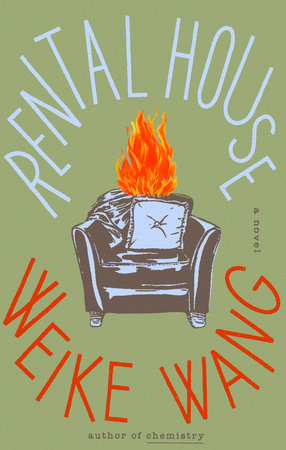

Fauna
By Alissa York
By Alissa York
By Alissa York
By Alissa York
Category: Literary Fiction
Category: Literary Fiction

-
$17.95
Jul 26, 2011 | ISBN 9780307357908
-
Jul 27, 2010 | ISBN 9780307375704
YOU MAY ALSO LIKE

The Rest Is Silence

The Penguin Book of Korean Short Stories

End of the World and Hard-Boiled Wonderland

The Hunter

Rental House

Birds, Beasts and a World Made New

I Make Envy on Your Disco

The Kingdom of Sweets

The Abolitionist’s Daughter
Praise
NATIONAL BESTSELLER
“Rich and strange and deeply satisfying. Whether she’s adopting the voice of a homeless teen, a yuppy vet, or a famished coyote, York writes with a spare, unsentimental fluency that connects strangers, enemies, species. Fauna reminds us of the life that swoops and slithers and lopes and pounces all around us, even in the most urban of worlds; a wild life we share and ignore at our peril.” —Annabel Lyon, author of The Golden Mean
“Fauna is the sort of rare novel that can change the way you see your world. Its cast of misfits and dreamers is united by their visceral connection to the forgotten animals surviving in the green patches of our big cities. This book is beautiful, unusual and memorable. And Alissa York is a daring and original talent.” —Jim Lynch, author of Border Songs
“Layered with astonishing detail, with every location vividly evoked and every action a visceral experience.” —The Globe and Mail
“One of the novel’s strengths is the way York turns her gaze from the human world to the world of Toronto’s skunks, coyotes, raccoons and squirrels. . . . Even as she brings animals to life with her writing, she is clear about the terrible toll taken by everything from cars, to skyscraper windows, to live electrical wires.” —Winnipeg Free Press
“Lyrical. . . . Fauna is well crafted, morally serious and even noble in its sensitivity.” —Toronto Star
“An extraordinary novel. . . . Daring and exceptional.” —Quill & Quire (starred review)
“A tender and beautiful novel.” —NOW (Toronto)
21 Books You’ve Been Meaning to Read
Just for joining you’ll get personalized recommendations on your dashboard daily and features only for members.
Find Out More Join Now Sign In










